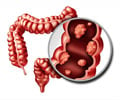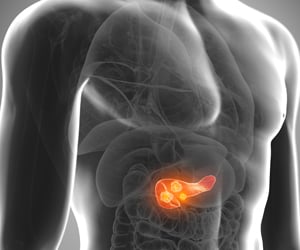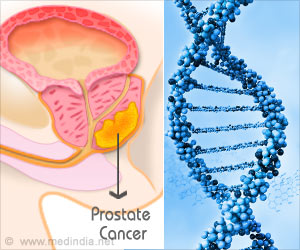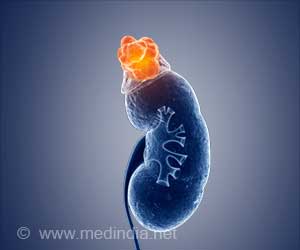Metabolic characteristics of cancer cells can be easily distinguished using photoacoustic microscopy (PAM), a technique in which laser light induces ultrasonic vibrations to image cells, blood vessels, and tissues.
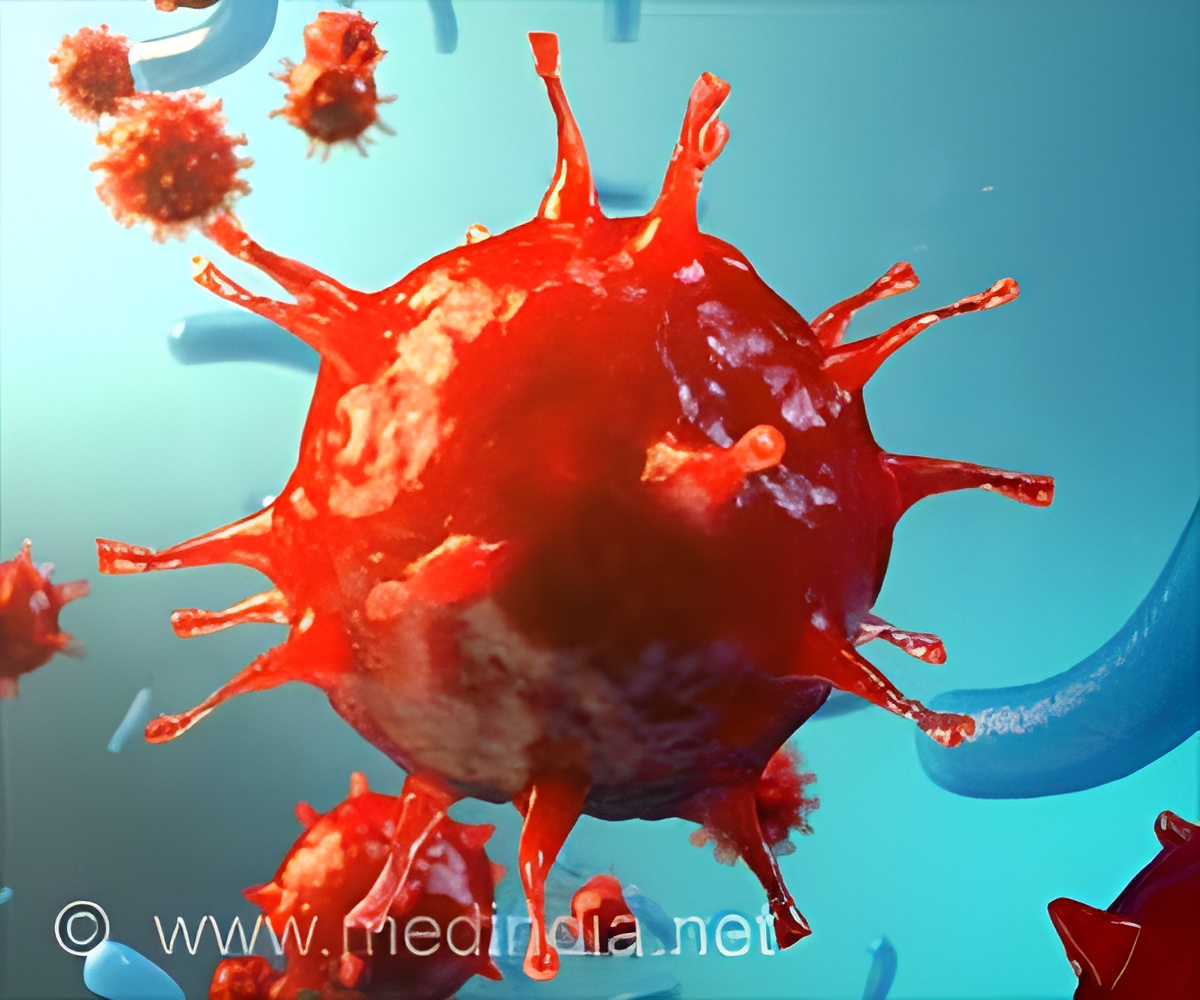
TOP INSIGHT
Using photoacoustic microscopy (PAM), a technique in which laser light produces ultrasonic vibrations, metabolic characteristics of cancer cells can be easily distinguished as those vibrations are used to image cells, blood vessels, and tissues. This new technology can soon help doctors make informed decisions on cancer prognosis and therapy.
Read More..
Caltech's Lihong Wang believes he can do better through the use of photoacoustic microscopy (PAM), a technique in which laser light induces ultrasonic vibrations in a sample. Those vibrations can be used to image cells, blood vessels, and tissues.
Wang, Bren Professor of Medical Engineering and Electrical Engineering, is using PAM to improve on existing technology for measuring the oxygen-consumption rate (OCR) in collaboration with Professor Jun Zou at Texas A&M University. That existing technology takes many cancer cells and places them each into individual "cubbies" filled with blood. Cells with higher metabolisms will use up more oxygen and will lower the blood oxygen level, a process which is monitored by a tiny oxygen sensor placed inside each cubby.
This method, like those previously mentioned, has weaknesses. To get a meaningful sample size of metabolic data for cancer cells would require researchers to embed thousands of sensors into a grid. Additionally, the presence of the sensors within the cubbies can alter the metabolic rates of the cells, causing the collected data to be inaccurate.
Wang's improved version does away with the oxygen sensors and instead uses PAM to measure the oxygen level in each cubby. He does this with laser light that is tuned to a wavelength that the hemoglobin in the blood absorbs and converts into vibrational energy sound. As a hemoglobin molecule becomes oxygenated, its ability to absorb light at that wavelength changes. Thus, Wang can determine how oxygenated a sample of blood is by "listening" to the sound it makes when illuminated by the laser. He calls this single-cell metabolic photoacoustic microscopy or SCM-PAM.
Source-Eurekalert
 MEDINDIA
MEDINDIA
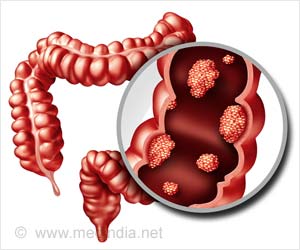

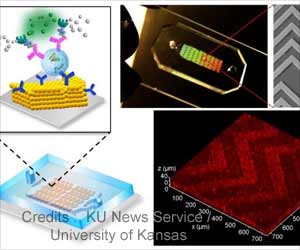

 Email
Email
